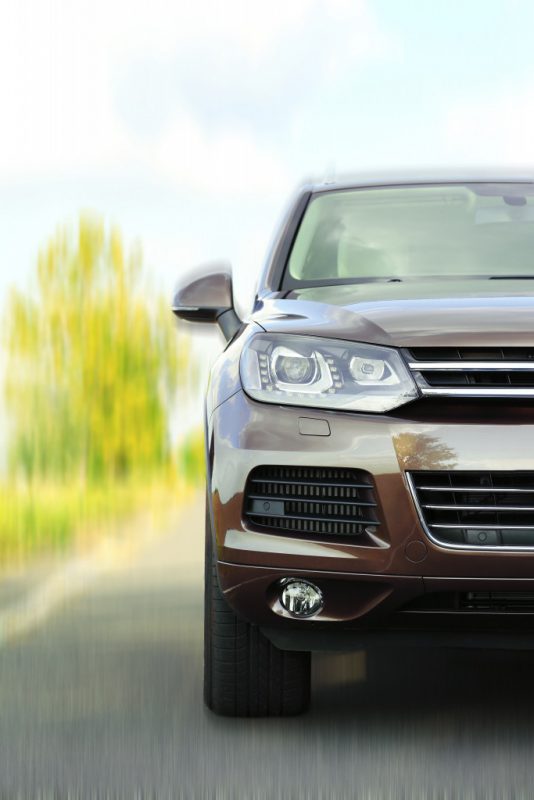The automotive market bounces back strongly from its poor performance in 2020 because of the COVID-19 pandemic. In the first quarter of 2021 alone, vehicle sales grew by over 10 percent compared to the previous year.
However, taking a massive lead from its colleagues is the SUV. According to Marketwatch, with data curated by Cox Automotive, both crossovers and SUVs saw revenues increase by almost 60 percent from January to March 2021. Sedans languished with sales of midsized ones falling by over 15 percent.
The pre-owned SUV also performs well as used-car prices, in general, went up. Besides the high demand, the shortage of chips contributes to the low supply.
Overall, though, these figures seem to confirm a consensus among auto experts: Americans love SUVs. But why?
Comfort, Safety, and Space
Although some people buy because of aesthetics and cool features, most still consider the function and practicality of the vehicle. SUVs seem to match what Americans are truly looking for in a vehicle.
In a Volkswagen survey participated by 1,000 SUV drivers in the United States, almost 90 percent plan to drive their vehicles forever. Over 95 percent said they’re the best vehicles for one’s money.
Americans point out many things that they love about SUVs:
1. SUVs Are Viewed as Safer Vehicles
In the survey, around 65 percent of drivers ranked both comfort and safety as the top features for SUVs. Even the newer generations, millennials and Generation Z, counted safety as the most important.
SUVs are not immune to crashes. Moreover, because their center of gravity is higher, they are more prone to rollovers. However, when it comes to head-on collisions, which are the most dangerous type of crash, they seemed to do well than regular cars.
In a previous study by the University of Buffalo, car drivers were almost 8 percent more likely to die if they would experience a head-on collision with an SUV. Scoring high in the crash test rating could lower the odds of dying for, say, a sedan driver. However, the risk would still be 4.5 times higher than that of the SUV driver.
SUVs are large with higher ground clearance and height. This means that drivers can see the roads more clearly. The vertical room underneath provides the wheels better ability to absorb road shocks, which usually happen when they pass by uneven roads.
2. These Vehicles Can Be Very Comfortable

Nothing makes a car ride worse than sitting behind the wheel feeling cramped. One of the reasons Americans buy SUVs is because they’re big. American males, who are the usual drivers per statistics, are about 5 feet 9 inches tall and may weigh between 144 and 176 pounds. SUVs with the most legroom such as Chevrolet Suburban and Hyundai Palisade can measure 44 inches. Meanwhile, Subaru, one of the top sedans, has a legroom of only 42.9 inches. The sedan that could match the legroom of an SUV is Sonata at 45.5 inches.
When it comes to family size, the number of people per household in the United States has already significantly declined over the last few decades. In 2020, for example, most homes have only one or two occupants, according to Statista. However, 15 percent of households have three people and 12 percent have four.
Considering the size and height of average Americans, often, sedans and coupes won’t cut out. SUVs feel more comfortable as they can sit at least five to seven passengers with enough headroom and legroom for everyone.
Moreover, there’s still extra space at the back for luggage, grocery, and other bulky items they may need for their work or leisure travel.
3. SUVs Can Match the Lifestyle of Many Americans
Many Americans love the outdoors or engaged in a more active lifestyle. As of 2017, over 10 million households in the country owned a recreational vehicle (RV). Almost 18 million planned to buy one.
Many full-sized SUVs have the features such as the engine and torque to haul trailer weights of up 8,000 pounds—that can be equivalent to a fully loaded camper trailer.
Further, cargo vehicles often have a storage space that measures 12.8 cubic feet. Crossover SUVs, on the other hand, can provide as much as 45 cubic feet when one folds the rear seats.
Lastly, most SUVs can deal with off-paved roads. But for those who like more adventure, they can pick four-wheel-drive SUVs that are capable of handling almost any type of terrain.
SUVs are not perfect. For example, they are notorious for having a poor fuel economy. The good news is that their design is also changing. Today, one can already find hybrids, electric, diesel, and plug-ins. Most of all, Americans are likely to be willing to pay more fuel as long as they feel safe and comfortable in their vehicle of choice.



